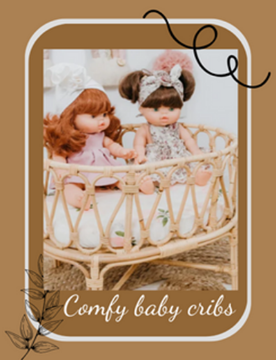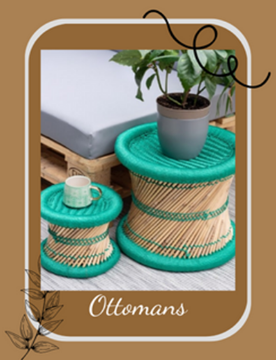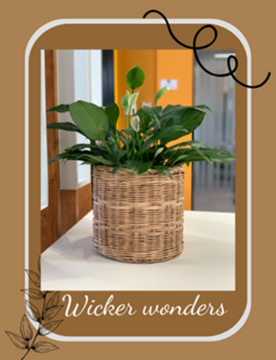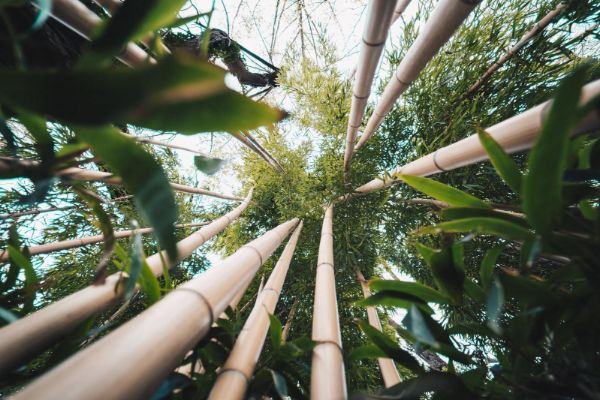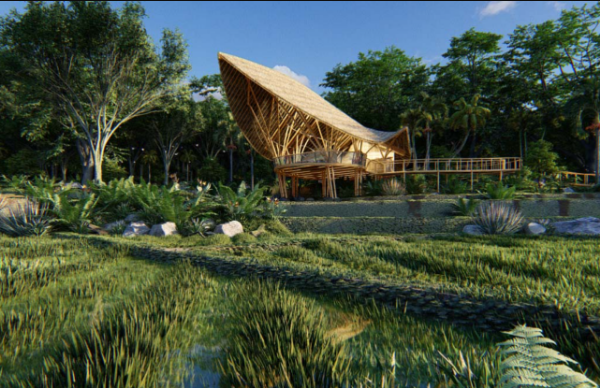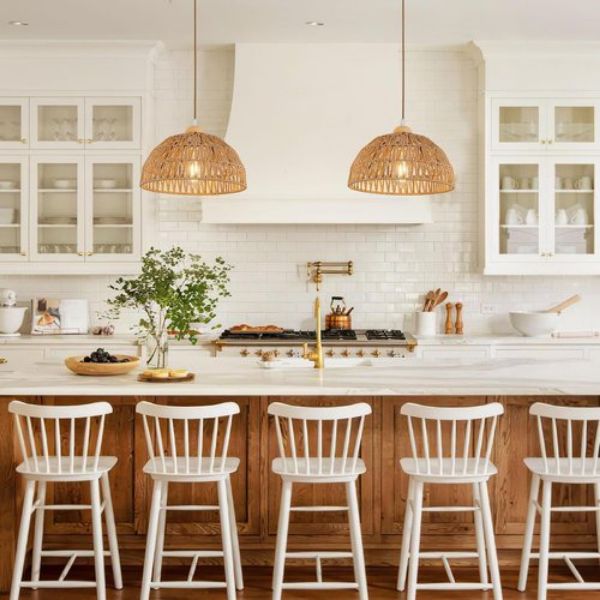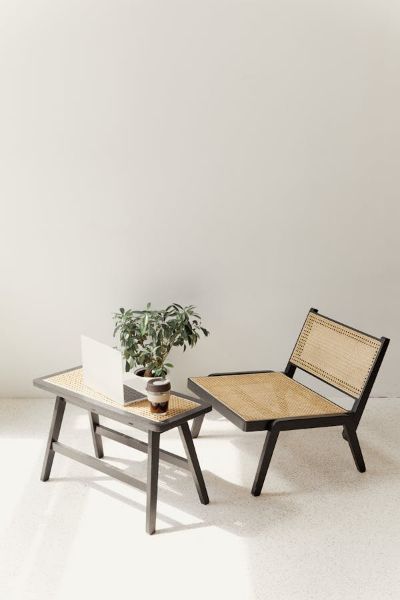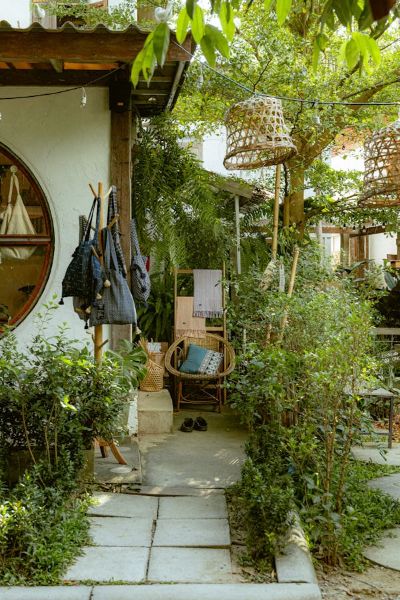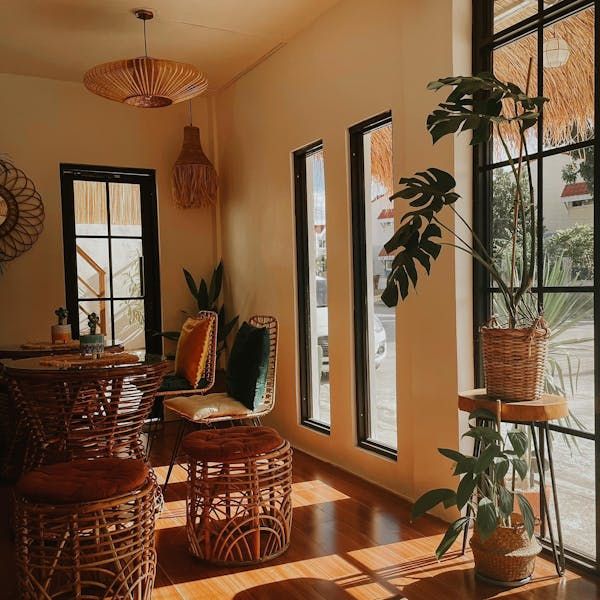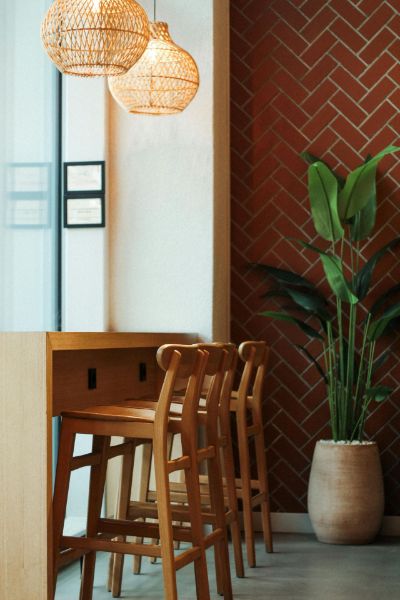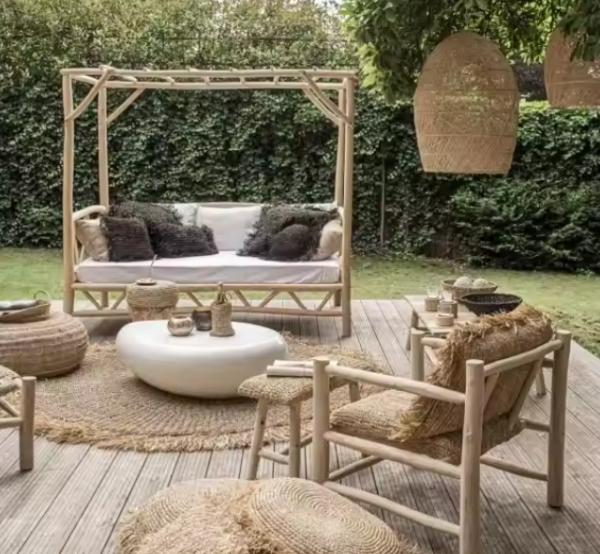Bamboo, known for its versatility, rapid growth, and ecological benefits, has become a popular choice for landscapers, environmentalists, and homeowners alike. It’s not only a fascinating plant with over 1,200 species but also a vital resource in various industries. However, the question remains: is planting bamboo a good idea? While the benefits are numerous, challenges like invasive tendencies, maintenance, and suitability must also be considered. This comprehensive guide delves into the pros and cons of bamboo planting to help you make an informed decision.
What is Bamboo?
Bamboo is technically a grass, though its woody stalks often resemble trees. Native to diverse climates, bamboo can be found in Asia, Africa, and the Americas. It grows exceptionally fast, with some species gaining several feet in just 24 hours under optimal conditions. Its unique combination of strength, flexibility, and beauty has made it a staple in construction, textiles, furniture, and even culinary uses.
The Benefits of Planting Bamboo
1. Environmental Benefits
Bamboo has gained a reputation as a "green gold" due to its positive impact on the environment. Below are some of its ecological advantages:
a. Carbon Sequestration
Bamboo absorbs more carbon dioxide and releases 35% more oxygen into the atmosphere compared to an equivalent mass of trees. This makes it a powerful tool in combating climate change.
b. Erosion Control
Its extensive root system binds the soil, preventing erosion and stabilizing slopes. This is especially useful in areas prone to landslides or flooding.
c. Improved Soil Health
Bamboo roots enhance soil fertility by retaining moisture and increasing organic matter content. It can even be used to rehabilitate degraded land.
d. Renewable Resource
Bamboo regenerates quickly, often within a few years, unlike hardwood trees that take decades. This makes it a sustainable resource for furniture, flooring, and paper production.
2. Economic Opportunities
Bamboo planting offers significant economic potential:
a. Commercial Applications
From textiles to paper and construction materials, bamboo is a sought-after commodity. Its growing demand in industries like biofuel and bioplastics further increases its value.
b. Livelihood for Farmers
In regions where bamboo grows naturally, cultivating it can provide a stable income for farmers. It’s relatively low-maintenance and yields consistent harvests.
c. Tourism and Aesthetics
Bamboo groves often become tourist attractions due to their serene beauty. They can also add aesthetic appeal to gardens, parks, and urban spaces.
3. Bamboo as a Landscaping Plant
Bamboo can be a striking addition to your garden. It serves as a privacy screen, windbreak, or ornamental feature. Its evergreen foliage adds a year-round charm, and its height can provide shade for smaller plants.
a. Fast-Growing Privacy Screens
Bamboo grows incredibly fast, making it an excellent choice for those seeking quick solutions for privacy or noise reduction.
b. Diverse Species for Various Needs
With so many species available, you can choose one tailored to your specific climate, soil type, and aesthetic preferences.
c. Resilient and Low-Maintenance
Bamboo is generally hardy, resistant to pests, and adaptable to various climates, making it easier to grow than many other plants.
4. Bamboo in Climate Resilience
Bamboo’s ability to withstand extreme weather conditions, including drought and storms, makes it an ideal plant for mitigating climate challenges. Its rapid growth after being cut or damaged also ensures that it remains viable in unpredictable conditions.
Challenges of Planting Bamboo
While bamboo offers numerous benefits, it also comes with challenges that require careful consideration.
1. Invasiveness
One of the most significant concerns about bamboo is its invasive nature. Some species, particularly running bamboos, spread aggressively through underground rhizomes. Left unchecked, they can overtake gardens, lawns, and even neighboring properties.
a. Uncontrolled Growth
If not properly contained, bamboo can quickly grow out of control, becoming a nuisance.
b. Impact on Native Ecosystems
Invasive bamboo can displace native plant species, disrupting local ecosystems.
c. Containment Solutions
To prevent invasiveness, gardeners often need to install barriers or choose clumping bamboo species that grow in tight clusters.
2. Maintenance Requirements
Despite being low-maintenance in some respects, bamboo requires regular care to prevent it from becoming a problem.
a. Pruning
Regular pruning is necessary to manage its height and spread.
b. Containment
Installing and maintaining physical barriers around bamboo can be labor-intensive.
c. Root Management
Digging out unwanted rhizomes is a time-consuming process that can deter casual gardeners.
3. Suitability for Your Region
Not all climates are ideal for bamboo. Factors like temperature, soil type, and water availability must be considered before planting.
a. Cold Sensitivity
While some species are cold-hardy, others may not survive freezing temperatures.
b. Water Needs
Although bamboo is drought-resistant, it performs best in moist conditions. Overwatering or underwatering can affect its growth.
4. Potential for Pests and Diseases
Although bamboo is generally pest-resistant, it is not immune. In some cases, pests like bamboo mites or fungal infections can damage the plant.
Tips for Responsible Bamboo Planting
If you decide to plant bamboo, here are some tips to do so responsibly:
1. Choose the Right Species
Select a species suited to your climate and needs. Clumping bamboos, for example, are easier to manage than running bamboos.
2. Install Barriers
Use root barriers to contain running bamboo and prevent it from spreading uncontrollably.
3. Monitor Growth
Regularly inspect and prune your bamboo to maintain its size and prevent overgrowth.
4. Be Informed
Research the specific needs and potential risks of the bamboo species you choose to plant.
When is Planting Bamboo a Good Idea?
Planting bamboo is a good idea in scenarios where its benefits outweigh the challenges. For example:
- Erosion-Prone Areas: Bamboo can stabilize slopes and prevent soil erosion.
- Privacy Needs: Its fast growth makes it an ideal natural screen.
- Sustainable Farming: For farmers looking for a renewable crop with economic potential, bamboo is an excellent choice.
- Eco-Friendly Projects: Bamboo is a great alternative to traditional hardwoods for those seeking sustainable materials.
When is Planting Bamboo Not a Good Idea?
Avoid planting bamboo if:
- You Lack the Time for Maintenance: Bamboo can quickly grow out of control without proper care.
- Space is Limited: Small gardens may struggle to contain its spread.
- Local Laws Restrict Bamboo: Some areas prohibit planting invasive bamboo species due to ecological concerns.
Conclusion
Planting bamboo can be a fantastic idea under the right circumstances. Its environmental benefits, economic opportunities, and aesthetic appeal make it a valuable plant for many situations. However, its invasive tendencies and maintenance requirements mean it’s not suitable for everyone or every location.
To make the best decision, weigh the pros and cons, consider your specific needs and environment, and choose the right species. With proper planning and care, bamboo can be a rewarding addition to your garden or landscape.
FAQs
1. Is bamboo an eco-friendly plant to grow?
Yes, bamboo is highly eco-friendly due to its ability to absorb large amounts of carbon dioxide and release oxygen. Its fast growth, soil erosion control, and potential for land rehabilitation make it an excellent sustainable choice.
2. How do I prevent bamboo from becoming invasive?
To control bamboo’s spread, plant clumping species instead of running varieties, and use physical root barriers. Regular monitoring and pruning can also help manage growth effectively.
3. What are the best uses for bamboo in landscaping?
Bamboo is ideal for creating privacy screens, windbreaks, or decorative features in gardens. Its fast growth and evergreen foliage provide year-round beauty and functional benefits.
4. Can bamboo grow in cold climates?
While many bamboo species prefer warmer climates, some cold-hardy varieties, such as Fargesia species, can survive freezing temperatures. Always choose a species suited to your local climate.
5. What challenges should I expect when planting bamboo?
Challenges include its invasive potential, maintenance requirements, and susceptibility to pests or diseases. Proper planning, containment, and care are essential to ensure bamboo doesn’t become problematic.

